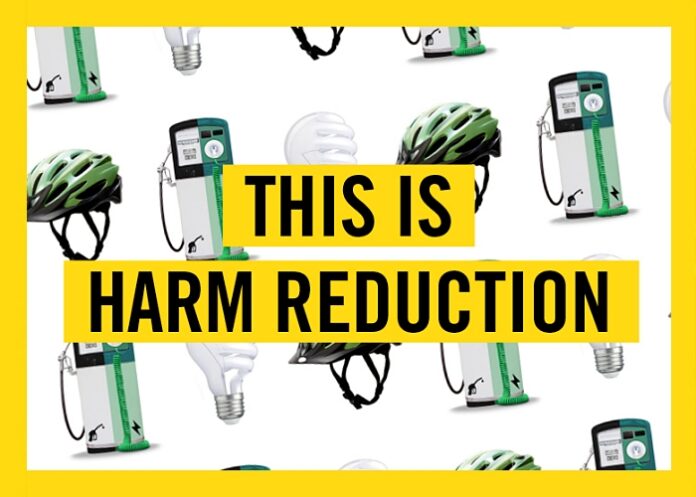Where smoking is concerned, quitting tobacco and nicotine altogether will always be the best choice. However, for those adults who don’t, scientifically substantiated smoke-free products, while not risk-free, are a much better choice than continuing to smoke. As these smokers around the world switch to smoke-free alternatives, we can make huge gains in combatting the public health impact of smoking.
Advances in science, technology and regulation have changed the way we live. Using these advances to reduce negative effects of potentially harmful behaviour is known as ‘harm reduction’. Harm reduction techniques can reduce the negative impact of our choices on ourselves, others, wider society or the environment.
The more harm reducing products become integrated into our everyday lives, the greater the benefit can be for individuals, society and the environment.
Harm reduction in our everyday lives
It is well known that there is danger in exposure to the sun. While the safest option of all may be never to expose yourself to direct sunlight, there are many innovations, from sunglasses to parasols to sunscreen, that are designed to make sunbathing safer. That’s harm reduction.
Emissions from petrol and diesel vehicles are known to be damaging to the environment, but driving is an inescapable part of modern life. Electric vehicles bypass the burning of fossil fuels, resulting in lower emissions. That’s harm reduction.
Innovation has been brought to bear on another hazard of driving: the dreaded crash. From ABS to ESP, airbags and seatbelts, these innovations and more have been carefully designed to make accidents less likely, and where they can't be avoided, to prevent fatalities. That’s harm reduction.
Why is tobacco harm reduction important?
Harm reduction can also work for tobacco. Smoke-free alternatives such as e-cigarettes, heated tobacco products and snus, do not burn tobacco and should emit fewer and lower levels of harmful chemicals compared to the smoke produced when tobacco is burned.
While not risk-free, when scientifically substantiated and made to appropriate quality standards, they are better alternatives to continued smoking for adults who would otherwise continue to smoke. That’s harm reduction.
If enough adult smokers around the world swich to smoke-free alternatives, we can go further faster in addressing the public health impact of smoking. It is time to embrace harm reduction.
Quitting tobacco and nicotine altogether is the best choice a smoker can make. Existing tobacco control measures designed to discourage initiation and encourage cessation should continue. However, despite these efforts, millions of people continue to smoke.
Scientifically substantiated, smoke-free products can play a role in moving adults who would otherwise continue to smoke away from cigarettes. With the right regulatory encouragement and support from civil society, together we can deliver a smoke-free future more quickly than relying on traditional measures alone.
To learn more, head to the Unsmoke South Africa homepage. See the link below.
* This post was sponsored and supplied by Philip Morris International.
Read our previous article – Smoke-free alternatives: Here are the facts

